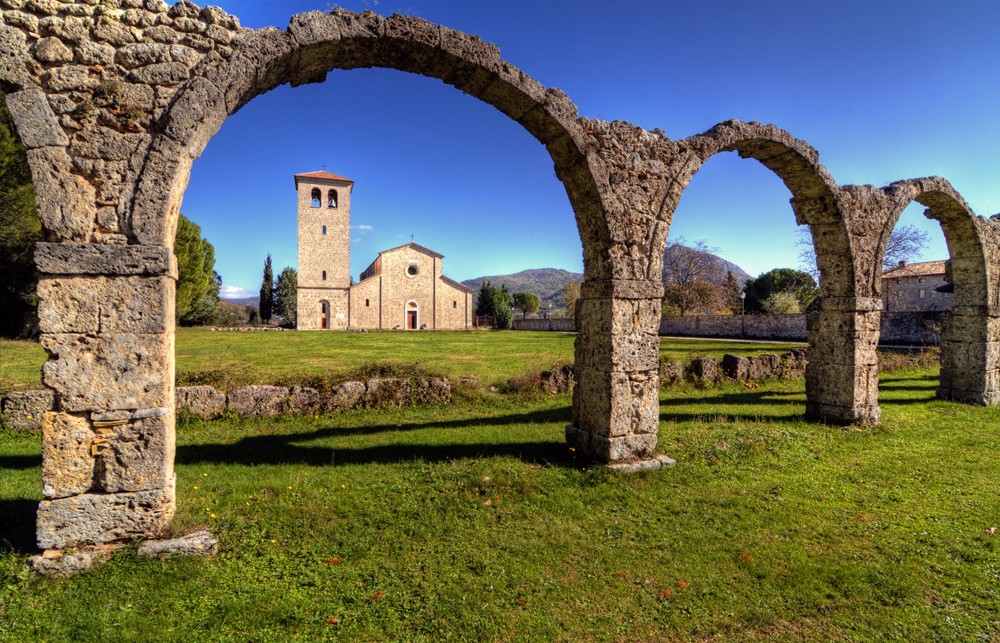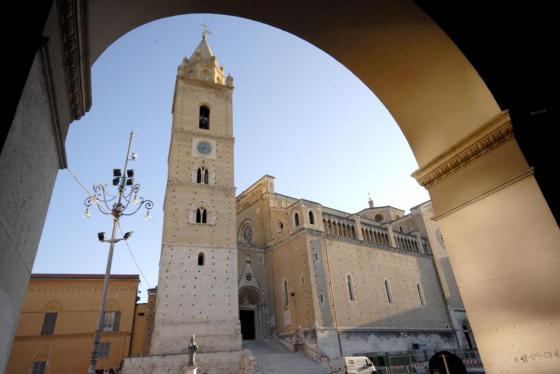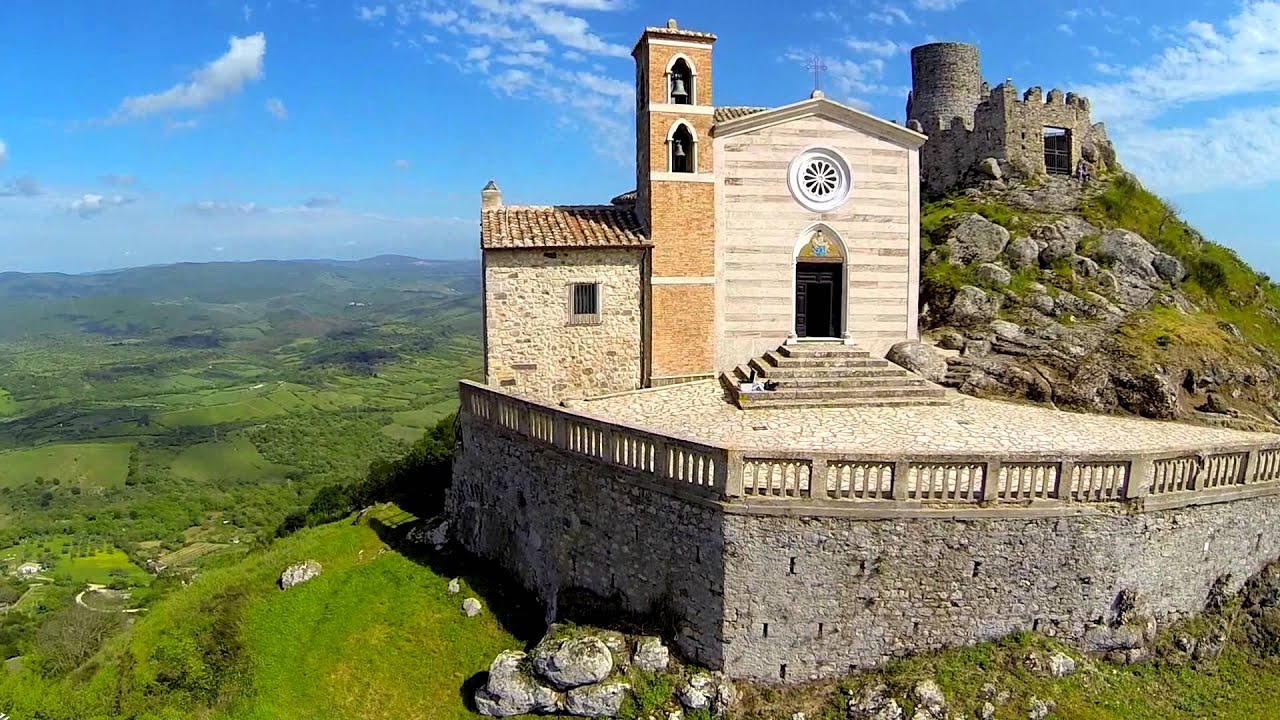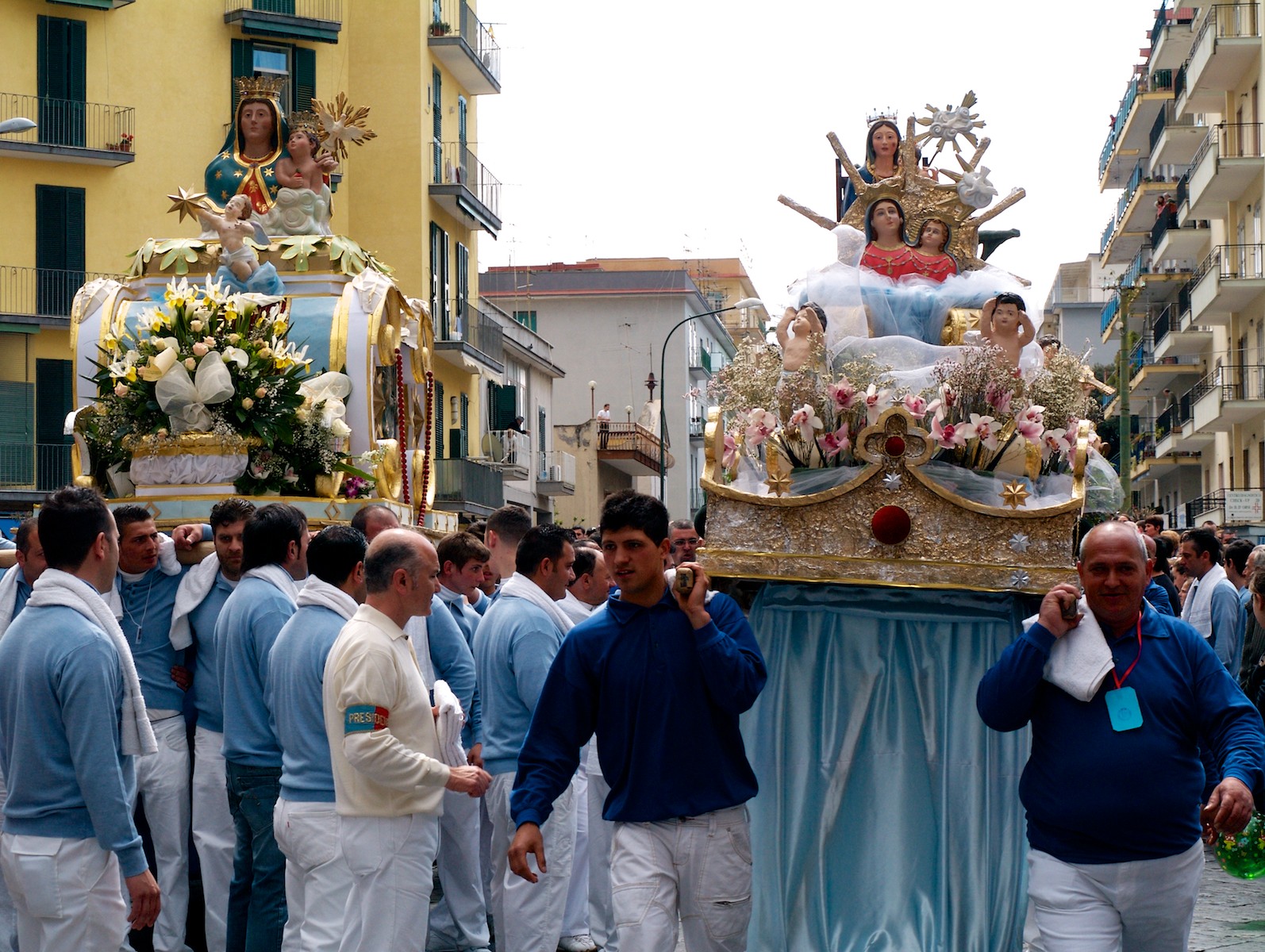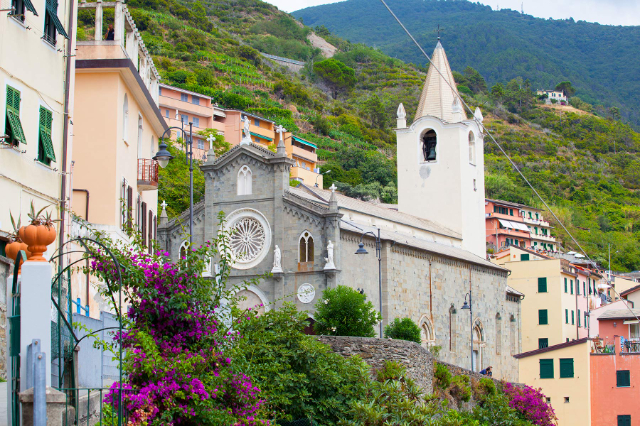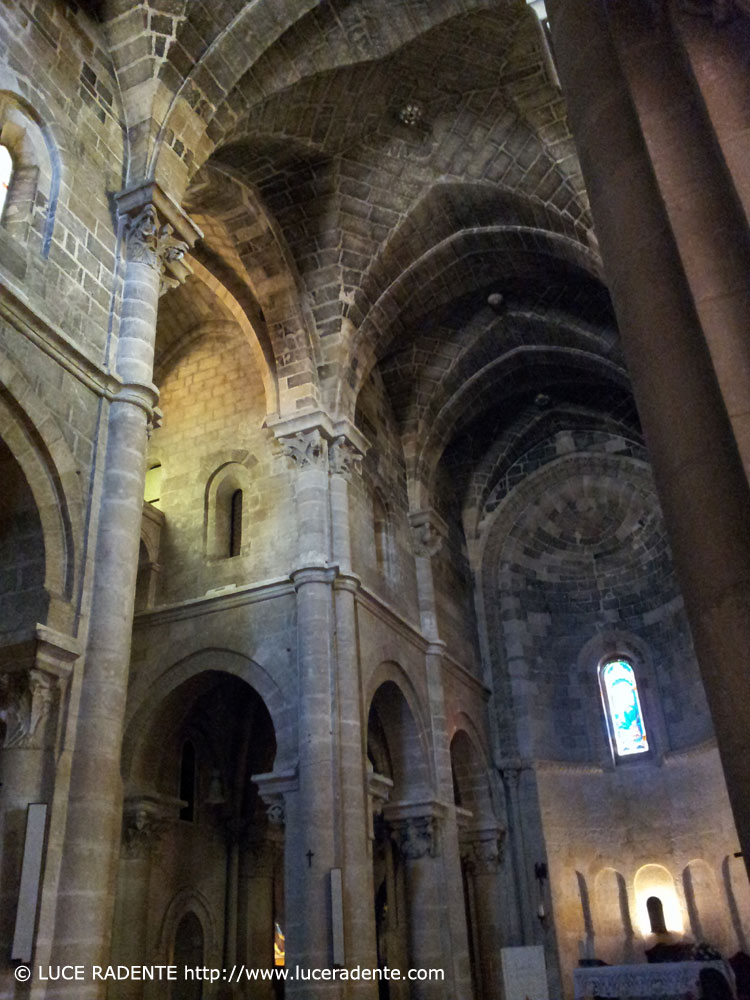he Benedictine abbey of San Vincenzo al Volturno is located about two kilometers from the headwaters of the river of the same name, in a favorable position on the fertile plain of Rocchetta, defended by the Mainarde and Meta ranges to the west and the Matese massif to the south. About the events of the monastery we are informed by the Chronicon Vulturnense, an illuminated codex compiled in 1130 by a monk named John, who had in turn used internal sources from the 8th-11th century monastery. The foundation would date, according to the Chronicon, to the early 8th century and would be due to three Benevento nobles, Paldo, Thassos and Tato, and their search for a place to devote themselves to the ascetic life. The chosen area had been frequented in late Roman times, as the remains of a church and burial area from the 5th-6th centuries AD show.
A particularly important moment for the monastic community was 787 when Charlemagne placed the monastery under his direct protection, issuing a privilege containing tax and judicial exemptions and authorizing the community to elect its own abbot without interference from other ecclesiastical authorities. The importance held by the abbey was due to its position as an outpost, on the border between the Lombard principality of Benevento and the lands conquered by the Franks, and was underscored in 849, when, following the division of the principality of Benevento between territories subject to Salerno and Benevento, the monastery of St. Vincent al Volturno remained an autonomous entity, directly subject to imperial authority.
A moment of great difficulty for the monastic community occurred in the second half of the ninth century due to the movements of the Saracens that resulted in the attack of October 881, which ended with a fire that severely damaged the monastery; following this event, the surviving monks were forced to take refuge with the Lombard princes of Capua. Reconstruction of the monastery would take place only at the end of the 10th century with the help of the German emperors, Otto II and Otto III. At the end of the 11th century, due to the Norman threat, the coenoby was relocated along the right bank of the Volturno River to a safer and more defensible location (the so-called "San Vincenzo Nuovo"). During the 13th-15th centuries, the decadence and disintegration of the monastic complex and its land holdings (which extended into Molise, Abruzzo, Latium, Campania, Basilicata and Apulia) began, and in 1699, at the behest of the last abbot Innico Caracciolo, they came under the jurisdiction of the Abbey of Montecassino.
